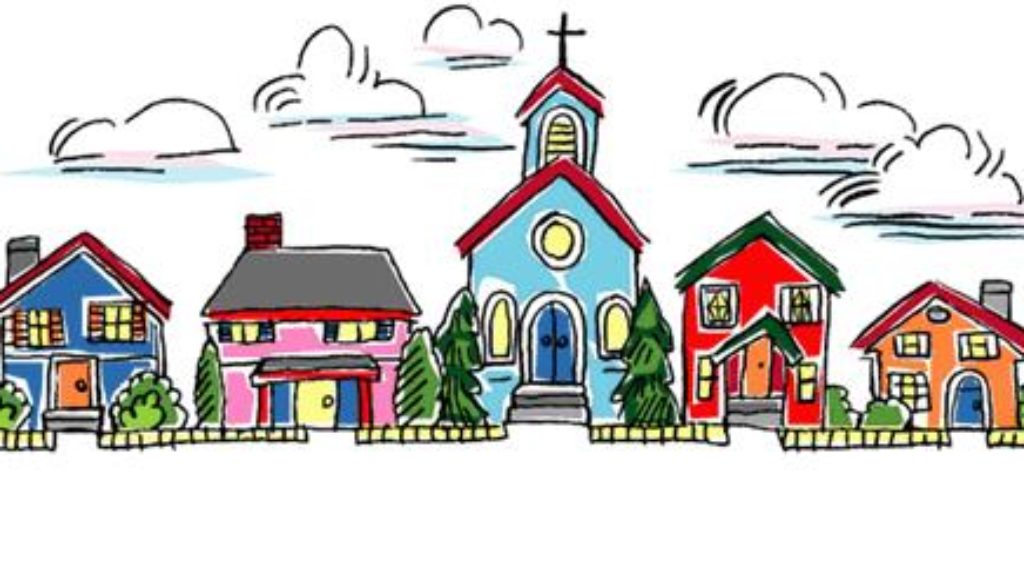Essential Workers
Fourteen months into the pandemic a large part of the work force still is working remotely. Some businesses have yet to reopen to or reengage with the public in anything that resembles their pre-COVID19 practices. All this happens while in the same time period so many workers never missed a beat in their work since the very beginning of the crisis. We have labeled these folks essential workers – they are employed in health care, retail, fast food, fire and rescue, policing, trucking, construction, trades and a host of other endeavors. Others halted or greatly altered their work in the beginning of the pandemic, but they have slowly been reengaging with the public – teachers come to mind as examples of persons who made a quick pivot to virtual, began reopening classrooms, and now are doing the very hard work of a hybrid model.
The world is moving to a new normal. It is not a simple return to the days pre-COVID19. But, it is far more open to direct human interaction than we saw in the earlier days of the pandemic. Sports are being played. People are working out in gyms. We are eating at restaurants, attending movies, traveling to the beach and mountains, shopping at for the most part fully open retail stores, and celebrating special occasions with family and friends.
Yet, some of the most hesitant to reopen and reengage have been churches. There are good reasons for this – worship is a communal gathering in closed spaces. Its potential as a site for transmitting this deadly disease is real. Churches needed to find ways to connect virtually. They needed to take seriously public mandates, recommended protocols and good old common sense that puts the health and safety needs of everyone above the personal needs of individuals.
But, I wonder if the slowness of the church to reengage does not reflect its own self-doubt as well as the perception of the church in the community that it is, well….non-essential. The physical gathering of persons for worship, fellowship, mutual encouragement and spiritual formation has been in decline now for decades. We have either tried to ignore it or sought to remedy this with one new ministry fad, worship style shift, or staff change after another. I applaud our capacity to provide worship and education and connection virtually. We will be better as we continue to utilize much of what we have learned in this pandemic.
The question facing us though, is, do we still believe in the gathered community of Christians? Do we value our connections and our ministries? Do we think what we do really matters? Is it really necessary? Are the risks that come with reengagement in a pandemic, and there are risks, worth trying to manage or is it just better to wait until there are no risks? And, we must admit that whatever we will do only if the risk is zero or quite minimal is rightly considered non-essential. Churches face an interesting future if the pandemic has cast us in the category of non-essential. That is especially true if we believe that about ourselves. Essential workers – it seems that should be the goal of the church and every member. What we do should matter, it ought to make a difference.
— Jack Glasgow

